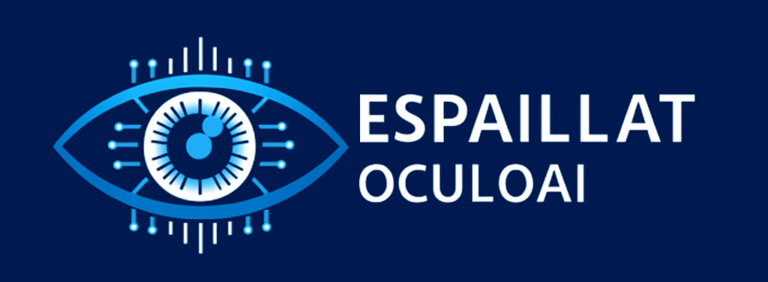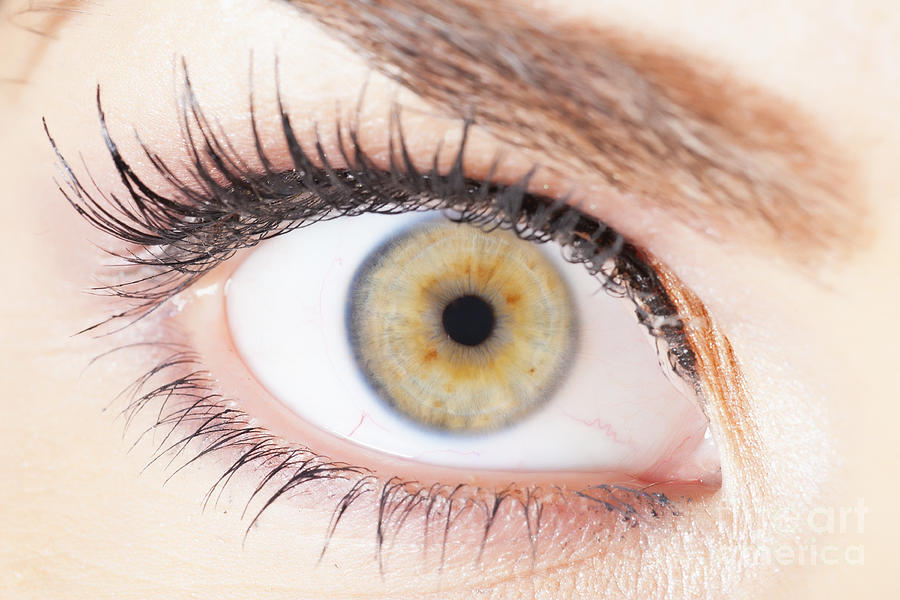Table of Contents
Our eyes are among the most vital and sensitive organs in the body—yet they’re often neglected until something goes wrong. Whether you’re spending hours at a computer, driving in bright sunlight, or simply aging, your daily habits play a major role in your long-term eye health.
Vision problems like digital eye strain, dry eyes, cataracts, and even age-related macular degeneration (AMD) often develop gradually. The good news? Many of these issues are preventable with small, consistent steps. Below are 8 effective, everyday tips to protect your vision and keep your eyes healthy for years to come.
1. Follow the 20-20-20 Rule
In the digital age, most people spend hours staring at screens, leading to digital eye strain. The 20-20-20 rule is a simple yet effective solution:
Every 20 minutes, look at something 20 feet away for 20 seconds.
This gives your eyes a break and helps prevent fatigue, dryness, and discomfort.
2. Eat a Vision-Friendly Diet
What you eat can directly impact your eye health. Nutrients that are especially good for your eyes include:
Lutein & Zeaxanthin – Found in leafy greens like spinach and kale.
Vitamin A – Found in carrots, sweet potatoes, and eggs.
Omega-3 Fatty Acids – Found in salmon, flaxseed, and walnuts.
Vitamin C & E – Found in citrus fruits, almonds, and sunflower seeds.
These antioxidants and healthy fats support the retina and help prevent age-related eye diseases.
3. Wear Sunglasses That Block UV Rays
Prolonged exposure to the sun’s ultraviolet (UV) rays can increase your risk of cataracts, macular degeneration, and even growths on the eye. Look for sunglasses that:
Block 100% of UVA and UVB rays
Wrap around your eyes for full coverage
Include polarized lenses for glare reduction (especially helpful while driving or around water)
4. Stay Hydrated to Avoid Dry Eyes
Your eyes rely on moisture to stay healthy and comfortable. Dehydration can reduce tear production, causing dry eyes, irritation, and blurred vision. Drink plenty of water throughout the day, especially if you’re in dry or air-conditioned environments.
5. Practice Good Contact Lens Hygiene
If you wear contact lenses, maintaining proper hygiene is crucial to avoid eye infections:
Wash your hands thoroughly before handling lenses.
Never sleep in lenses unless they’re approved for overnight use.
Replace your contact case regularly and use fresh solution every time.
6. Use Protective Eyewear When Needed
Many eye injuries are preventable with proper protection. Whether you’re:
Working with tools or chemicals
Playing sports like racquetball or hockey
Doing yard work or DIY projects
Always wear safety goggles or sports glasses designed for the activity.
7. Ensure Proper Lighting and Screen Setup
Poor lighting can cause your eyes to work harder, leading to strain and fatigue. Tips to optimize your environment:
Use soft, ambient lighting for reading or working.
Position screens at arm’s length and slightly below eye level.
Adjust brightness and contrast settings to a comfortable level.
Consider blue light filters to reduce strain during evening hours.
8. Get Regular Eye Exams
Even if your vision seems fine, comprehensive eye exams are essential for detecting issues before they become serious. Many eye conditions, like glaucoma or diabetic retinopathy, show no early symptoms but can cause irreversible damage if left untreated.
Adults over 40 should have an eye exam every 1–2 years.
Those with risk factors (e.g., diabetes, high blood pressure, or a family history of eye disease) may need more frequent visits.
Final Thoughts
Protecting your vision doesn’t require drastic lifestyle changes—just mindful daily habits. By taking proactive steps today, you can help prevent serious issues tomorrow. Whether it’s taking screen breaks, eating nutrient-rich foods, or scheduling routine eye exams, your eyes will thank you.
Your vision is one of your most precious senses—keep it sharp, safe, and healthy every day.
Dr. Alejandro Espaillat is a board-certified ophthalmologist and fellow of the American College of Surgeons, specializing in cataract surgery, diabetic eye disease, and the application of artificial intelligence in vision care.

